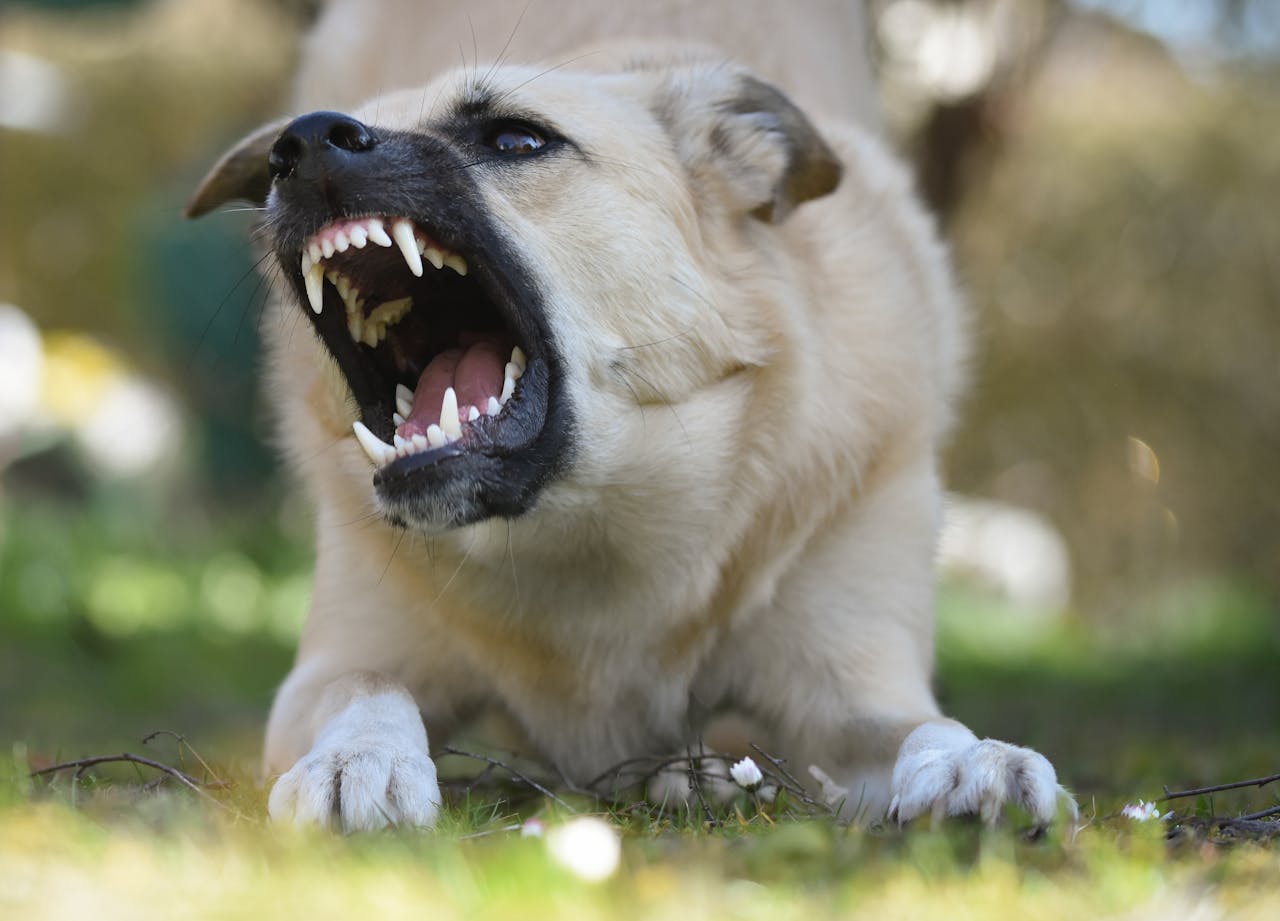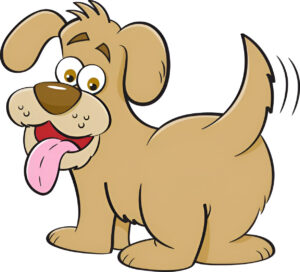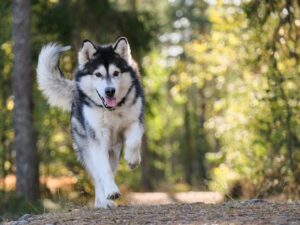Dog aggression can be a challenging and stressful behavior for pet owners. Whether your dog is displaying aggression toward other dogs, humans, or specific situations, addressing this behavior is crucial for the safety of everyone involved, including your pet. Understanding the root causes of aggression and implementing effective strategies can help transform an aggressive dog into a calm, well-mannered companion.
In this article, we’ll explore the top 10 strategies to reduce aggression in dogs, offering practical advice and recommending products or services to assist you on this journey.
Table of Contents
1. Recognize the Signs of Dog Aggression
Before addressing aggression, it’s essential to recognize the warning signs that indicate your dog may be on edge. Some common dog aggression signs include:
- Growling, barking, or snarling
- Stiff body posture and raised hackles
- Baring teeth or lunging
- Intense staring
Understanding these cues is critical in learning how to recognize dog aggression signs so you can intervene before the behavior escalates.
Recommended Product:
- Canine Body Language Chart – A visual guide to help pet owners understand their dog’s behavior and body language.
2. Understand the Causes of Aggression
To reduce aggression, you need to identify its root cause. Dogs can become aggressive for several reasons, including:
- Fear or anxiety
- Lack of proper socialization
- Territorial behavior
- Pain or medical issues
- Past trauma
Once you know what’s triggering your dog, you can focus on how to manage aggression in dogs effectively. Consulting a veterinarian to rule out medical problems is a great first step.
Recommended Service:
- Veterinary Behavioral Consultation – For assessing if your dog’s aggression stems from physical discomfort or a behavioral issue.
3. Provide Adequate Socialization
One of the best ways to prevent aggression is by ensuring your dog is well-socialized from an early age. However, if you’re dealing with an older or already aggressive dog, learning how to socialize an aggressive dog is still possible with patience and consistency.
- Introduce your dog to new experiences, people, and animals gradually and in controlled environments.
- Use positive reinforcement to reward calm behavior during interactions.
Recommended Product:
- Adjustable Muzzle for Safe Socialization – Allows controlled interaction with other dogs and people without risk.
4. Prevent Aggression in Puppies
It’s much easier to address behavioral issues in puppies before they become ingrained. How to prevent aggression in puppies involves:
- Early socialization with people and other animals.
- Exposure to different environments and stimuli to build confidence.
- Positive reinforcement for calm and polite behavior.
Recommended Product:
- Puppy Training Treats – High-value rewards to encourage positive behavior during early socialization.
5. Train Your Dog with Professional Guidance
Aggressive dogs often require structured training to modify their behavior. If you’re wondering how to train an aggressive dog, consider enlisting the help of a professional trainer or behaviorist.
- Positive reinforcement techniques work best to reward good behavior without using fear or intimidation.
- Group training sessions can help dogs get accustomed to being around others.
Recommended Service:
- Certified Dog Behaviorist or Trainer – Specialized in addressing aggression issues in dogs.
Get Your Dog’s Snappy, Aggressive Behavior Under Control in No Time, with This Proven Training Method!
6. Avoid Triggers and Manage the Environment
Part of managing aggression involves identifying and minimizing situations that provoke your dog. This is key when learning how to manage aggression in dogs.
- Avoid areas with too many stimuli, such as crowded dog parks, until your dog is more comfortable.
- Use barriers like baby gates or crates to create safe spaces when visitors come over.
Recommended Product:
- Dog Training Clicker and Whistle Set – Useful tools to redirect your dog’s attention away from triggers.
7. Teach Calming Techniques
Calming an aggressive dog requires teaching them how to relax, even in stressful situations. If you’re struggling with how to calm an aggressive dog, try the following techniques:
- Practice the “sit” or “stay” command to help your dog focus on you instead of the trigger.
- Use desensitization and counterconditioning to reduce their reaction to triggers over time.
Recommended Product:
- Calming Dog Bed – Provides a sense of comfort and security to help anxious or aggressive dogs relax.
8. Use Positive Reinforcement to Encourage Good Behavior
Dogs thrive on rewards and praise. By focusing on positive reinforcement, you can redirect their energy into appropriate behaviors. This strategy is especially helpful when figuring out how to stop dog aggression towards other dogs or humans.
- Reward your dog with treats, toys, or verbal praise whenever they remain calm in a situation where they might otherwise react aggressively.
Recommended Product:
- Training Treat Pouch – Keeps treats easily accessible during training sessions.
9. Gradually Expose Your Dog to Triggers
Addressing aggression often involves gradual exposure to the things that set your dog off, whether that’s other dogs, unfamiliar people, or loud noises. How to stop dog aggression towards humans or other dogs using this method includes:
- Start at a distance where your dog feels safe and reward calm behavior.
- Slowly decrease the distance over time, ensuring your dog stays relaxed.
Recommended Product:
- No-Pull Harness with Leash – Provides better control when working on exposure to triggers.
10. Stay Calm and Consistent
Your dog takes emotional cues from you, so staying calm and consistent is crucial when addressing aggression. If you’re wondering how to deal with dog aggression issues, consider the following:
- Avoid yelling or reacting aggressively yourself, as this may escalate your dog’s behavior.
- Use consistent commands and training methods to help your dog understand what’s expected of them.
Consistency is key to long-term success. Dogs thrive in structured environments where they feel safe and know what to expect.
Related FAQs
Q1: How to stop dog aggression towards other dogs?
Gradually expose your dog to other dogs in a controlled environment. Use positive reinforcement to reward calm behavior and consult a trainer for additional guidance.
Q2: How to stop dog aggression towards humans?
Start by identifying triggers and working on desensitization. Teach your dog to focus on you using commands like “watch me,” and use treats to reward calm behavior.
Q3: How to train an aggressive dog effectively?
Training an aggressive dog requires patience, consistency, and positive reinforcement. Consider working with a professional trainer for personalized techniques.
Q4: Can I manage dog aggression on my own?
Mild aggression can often be managed with training, socialization, and behavior modification techniques. However, severe aggression may require professional assistance.
Q5: How to prevent aggression in puppies?
Early socialization, exposure to various stimuli, and positive reinforcement during their developmental stages can prevent aggressive behaviors from developing.
Conclusion
Aggression in dogs can be a challenging issue, but it’s one that can be successfully managed and reduced with the right strategies. Whether you’re learning how to stop dog aggression towards other dogs, humans, or addressing triggers like fear and anxiety, patience and consistency are your best tools.
Investing in quality training equipment, consulting professionals, and using positive reinforcement can transform your dog’s behavior and strengthen the bond you share. By following these strategies, you’ll be well on your way to creating a calm, happy, and well-adjusted companion.
Recommended Products and Services Summary:
- Canine Body Language Chart – Understand your dog’s signals.
- Veterinary Behavioral Consultation – Rule out medical causes of aggression.
- Adjustable Muzzle for Safe Socialization – Ideal for introducing your dog to new environments.
- Puppy Training Treats – Reinforce good behavior during early development.
- Certified Dog Trainer – Get personalized training help.
- Dog Training Clicker and Whistle Set – Redirect your dog’s focus effectively.
- Calming Dog Bed – Promote relaxation in aggressive or anxious dogs.
- Training Treat Pouch – Reward good behavior easily.
- No-Pull Harness with Leash – Maintain control during walks and training.
By integrating these strategies and resources into your dog’s routine, you’ll make significant progress in reducing their aggression and creating a harmonious environment for everyone.





